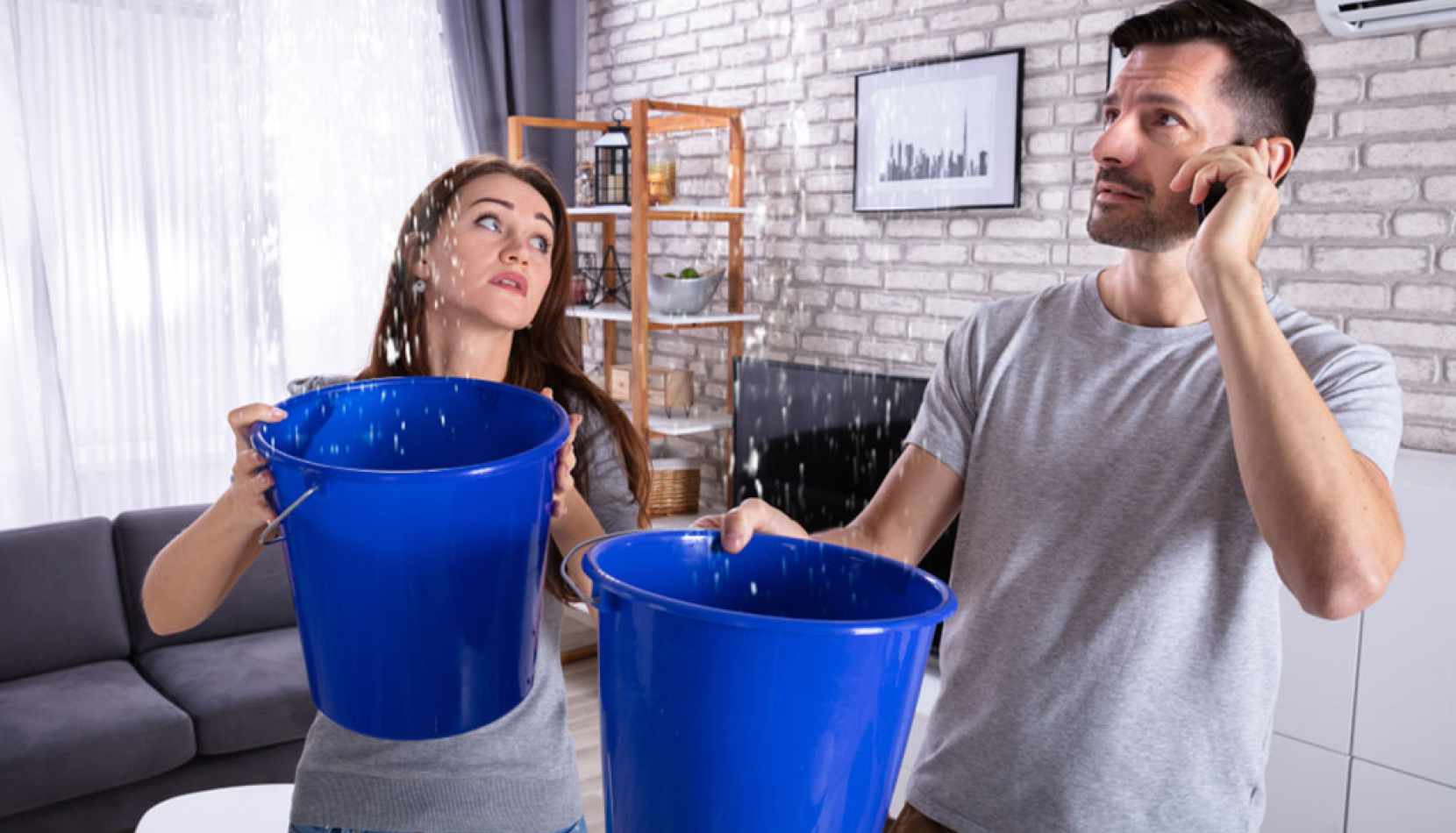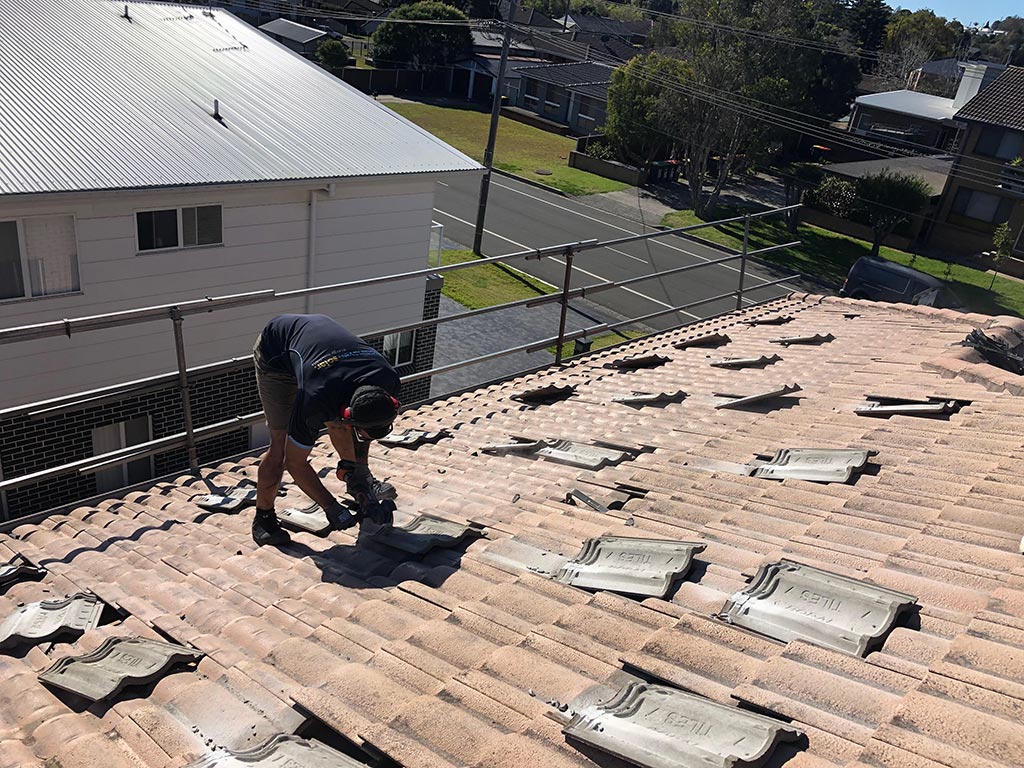- How Big Should Your Solar Battery and System Be?
- How solar battery storage works
- Introduction to solar battery storage
- Tesla Powerwall battery solutions
- What Do Solar Batteries Look Like – and Where Can I Install Them?
- What Size Solar System Should You Have When Adding a Battery
- What’s the Real ROI on Solar and Battery Systems in 2025?
- When are batteries worth it? Solar energy battery viability.
- Which Solar Battery Is Right for Your Home?
- Does Solar Increase Property Value in Shoalhaven? The Numbers Speak for Themselves
- Empowering Small Businesses with Solar: The Australian Small Business Energy Incentive
- How much will you save with solar?
- How the 2025 Australian Cheaper Home Batteries Program Works
- Solar finance options
- The 2024 NSW Government Home Solar Battery Rebate Scheme
- What government incentives and financing options are available for solar?

Are your solar panels leaking? Avoiding roof leaks with proper installation.
Solar panels leaking is the last thing you want after you’ve gone to the trouble of investing in solar energy generation. There are steps every installer should take to ensure that leaking solar panels is avoided.
Inside this article
How can your roof leak under solar panels?
Avoiding leaks on tile roofs
Avoiding leaks on tin roofs
How can your roof leak under solar panels?
Affixing solar panels to your roof has the potential to cause leaks. This is because holes need to be drilled or tiles have to be manipulated to install the solar panel mounting brackets.
This means that if absolute care isn’t taken when mounting the brackets, incorrect sealing leads to corrosion on a tin roof; or gaps in a tile roof, leaving an opportunity for water to flow into your roof space.
From time to time I am asked to do maintenance on older systems (some not so old) to make sure everything is running as it should be and still deemed safe, and the very first visual inspection I undertake is underneath the panels, it is a clear indicator of how most other tests and inspections will result.
When I have the opportunity to speak to people about solar power systems and their various components, the installation process is always pushed aside, and the type of panels and inverter make and model are always at the forefront of the conversation.
I believe that there should be as much emphasis put on the quality of the installation process as there should be on what panels and inverter are being used. Anyone can sell high-quality products, all you need is an ABN, but to install a solar power system to the highest standard that goes above and beyond the CEC guidelines, takes a lot of care, and usually a lot of time.
When getting quotes and talking to solar companies about the panels and inverters they are offering to install, take a moment to discuss their installation procedures, ask them how they will be running the cable in your roof, ask them how much surface mounted conduit they will use when installing the inverter, if you’ve got a tile roof, ask them how many tiles usually get broken during one of their installs, and most certainly ask them if they will be taking the time to grind your tiles back to keep your ceiling space watertight to stop the solar panels leaking.
See more questions that you might ask your installer and our answers to them…
The installation process of a solar power system can be broken up into 4 parts:
The roof work
Wiring up
The panels
Commissioning
The roof work is the foundation of the installation, and it is the part of the job that takes up the biggest proportion of time when done correctly. Our clients are always amazed at how quickly the panels are installed once the roof work is completed, yet the panels get all the attention.
I always admire a well-installed solar power system, from the panels that run dead straight with the ridge cap of a roof, to the inverter that has symmetrical conduit paths, but I get the most satisfaction from looking underneath the panels and seeing the tiles sitting back flush against one another.
Avoiding leaks on tile roofs
When installing solar power systems on a tiled roof, there is always that one part of the job that most installers will dread: “the grinding of the tiles.”
Grinding the underside of your roof tiles is imperative to keeping the inside of your roof dry, to ensure that the mounting brackets which are inserted between tiles don’t open up gaps where water can get into your roof space. When tiles are ground correctly the roof tile sits flush with the tile below it after the mounting bracket has been installed.
When “the grinding of the tiles” isn’t completed as part of the installation, your tiles will sit up off the roof by nearly an inch. Having your tiles separated from the roof is dangerous because when it rains, water is sucked into the ceiling space and can be pushed up and into your roof.
Within the Clean Energy Council (CEC), install and supervise guidelines for accredited installers clause number 7.2.6 states: Tiles shall sit flat after the installation of tile mounting brackets to ensure the tiles maintain their original ingress protection. There may be a requirement to grind the underside of the tile to enable it to sit correctly.
So if the CEC guidelines state that the grinding of the tiles must be completed for every job, why isn’t it being done by CEC accredited installers? The quick answer, it can add an extra 4 hours to a 6.6kw installation. The long answer: When the install is completed by subcontractors that have no relationship with the end customer and the install fee they are being paid is very low, there is usually ‘no time’ to complete this labor-intensive task, and a case of “she’ll be right” comes into play.

As you can see from the photo, there is much hands-on physical labour when we have to grind the tiles.
The first step is removing all of the tiles which need grinding, and with every second row of tiles nailed to the battens, it can be a hard slog.
The second step involves using a hand-held grinder, and grinding away the bottom notch of the tile where the solar mounting bracket needs to protrude.
The last step is to muscle the tile back to its original position, taking care not to crack any of the tiles.
As you can imagine, on a hot summer’s day, this is the part of the job that when delegating tasks gets volunteered for the least. Yet in my eyes, it is the most satisfying part of the whole installation.
Avoiding leaks on tin roofs
When installing solar panels on a tin roof, the way to avoid leaks is by:
Making sure any holes made in the tin are properly sealed with a long-lasting, high-quality sealant
Metal to metal corrosion is avoided by using rubber grommets and buffers between the roof and the mounting brackets.
The justification for point 1 is self-evident. Water will find a way through even the tiniest gaps. Any tradesman will know this and should use an appropriate sealant.
Point 2 is also critical though, as over time where two different types of metal come into contact, the roof will corrode, rust and deteriorate. Eventually, water will start to drip through these weak spots of the roof. To prevent this, every piece of equipment that needs to touch the roof must be protected by a piece of rubber that acts as a barrier between the different metals.
Conclusion
All solar power systems look similar to the untrained eye, and the most important parts of the installation are out of sight.
So, when you have the opportunity to speak with a potential solar installer, ask them about their installation procedures as well as the products they’re proposing to use.
A leaking roof is the last thing anyone would want after having their solar panels installed and as per the old adage, prevention is better than cure.